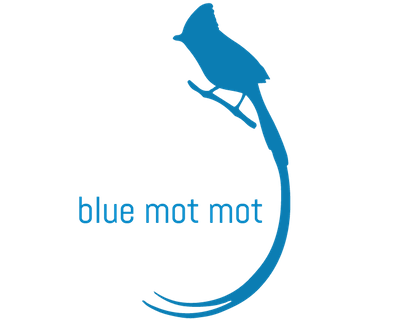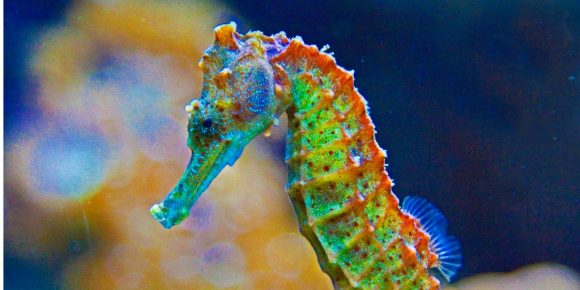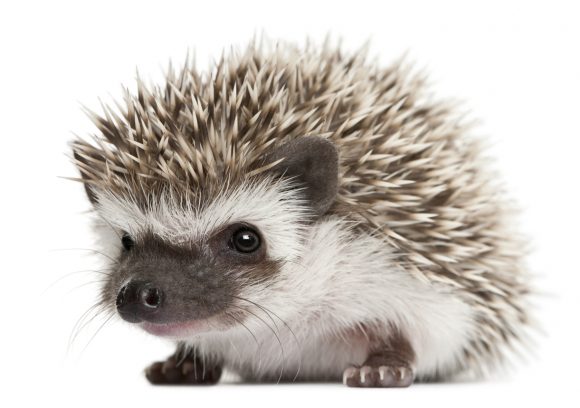It’s a pleasure to report some upbeat news: two species of seahorses have recently been confirmed as making their homes in the Thames in the UK. Starting in 2008, one or two seahorses a year would be found in the Thames, but it was unclear if they were outlier adventurers or signs of a new population. Now, however, the verdict is in: scientists have found six or seven this year, and since seahorses don’t travel very far in a year, it’s clear that they’re part of a resident population. Seahorses are very sensitive to pollution, so the news is also a welcome marker of a cleaner Thames.
All posts in Website
Just a quick note to say that this upcoming conference, Wildspeak, put on by the International League of Conservation Photographers from November 14-15 in Washington, D.C. looks amazing.
I love the combination of photography/mapping/science/indigenous peoples and public lands discussions!
There are so many threads that lead people to taking an interest in wildlife and nature, and I’m glad to see a conference bringing many of those threads together. If you’re in the area and can stop by, please do leave a note to say how it was; I’d love to hear.
Mapping With Sloths
I happened to run across the University of Victora’s Ethnographic Mapping Lab today — which is an amazing project — and found an absolutely incredible inventory of indigenous mapping icons. My favorites icons, obviously, are the animals, (I’ve taken a screenshot of some of them): the capybara icon makes me burn with desire to map all of the doing-absolutely-nothing hangouts of my favorite large rodent. And who wouldn’t want to liven up their maps with a few pumas, anteaters, or mustelidae? To all my GIS friends, I urge you: go forth, create, and sloth much more.
St. Tiggywinkles
The world’s leading wildlife hospital is apparently called St. Tiggywinkles, and I can’t even.
OK, I would probably post the name of the place even if it had nothing to do with this site, but happily, it relates. I love these instructions on what to do if you find a baby bird on the ground, and I also love the woman who brought in a hedgehog because she noticed it was outside in the daytime, when hedgehogs are usually sleeping.
If the “people sphere” and the “wildlife sphere” end up covering each other like two condensation rings from the same glass set down in nearly the same place on an old wooden table, as I think is likely, then more education and engagement like this is needed. People and wild animals will continue to run into each other, crossing paths, lapping at each others’ habitats, causing havoc, and destruction, and even some cuteness along the way.


